
On October 30, 2000, the first International Space Station crew launched from the Baikonur Cosmodrome, kicking off a 13-year streak of human presence in space that continues to this day.

On October 30, 2000, the first International Space Station crew launched from the Baikonur Cosmodrome, kicking off a 13-year streak of human presence in space that continues to this day.
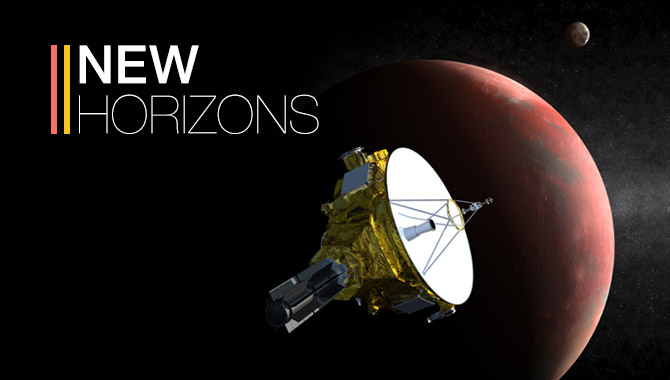
Like NASA’s Gravity Probe B and Kepler spacecraft, the New Horizons mission to Pluto was a long time in the making, overcoming many obstacles before ever leaving the launch pad.

By Dawn Schaible and Tim Wilson Memories fade, and with them so does the impact of lessons learned. Ten years after the Columbia tragedy we need to remind ourselves of these lessons and continue to be vigilant as NASA develops its current and future missions.
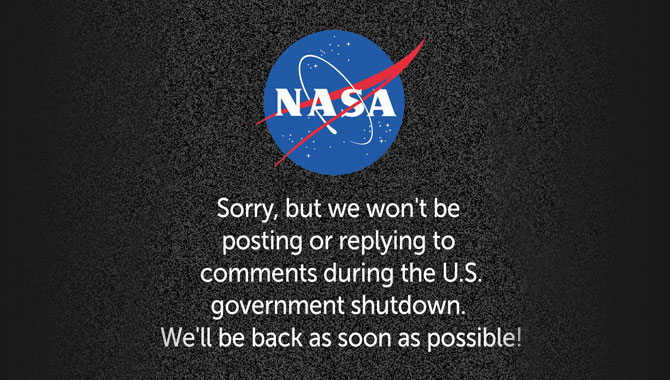
We’re sorry, but we will not be posting updates to this site during the government shutdown. Also, all public NASA activities and events are cancelled or postponed until further notice. We’ll be back as soon as possible! Sorry for the inconvenience.

When do you start retirement planning for a major program like the Space Shuttle?
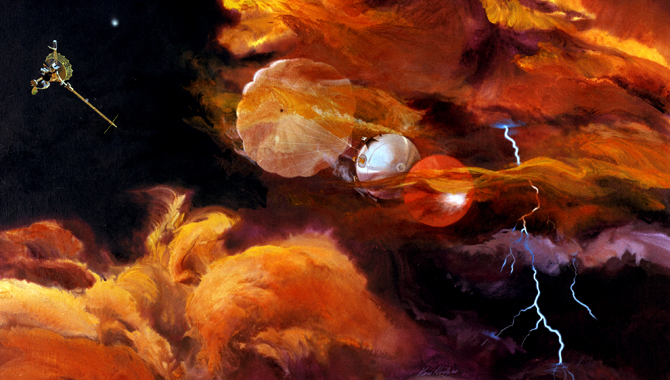
Ten years ago this month, the Galileo spacecraft deliberately ended its 14-year lifespan as it disappeared into Jupiter’s atmosphere.
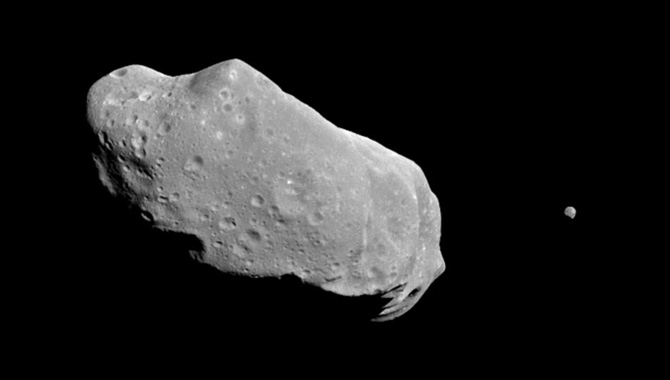
Twenty years ago this month, Galileo glimpsed asteroid 243 Ida and discovered it wasn’t alone.
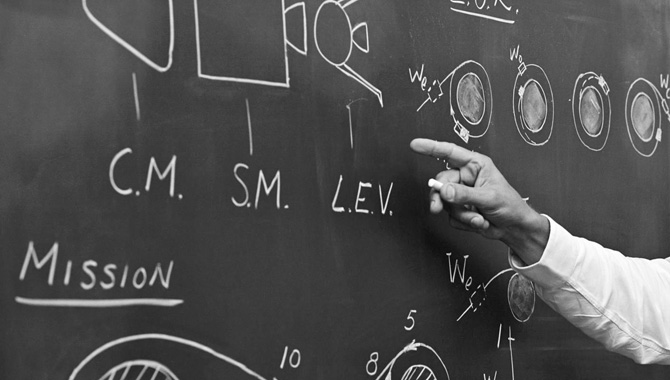
The Academy’s monthly newsletter ASK the Academy has transitioned to an updated “news as it happens” format.
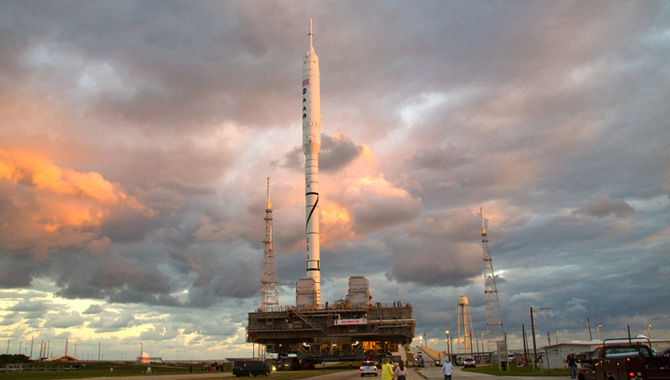
NASA’s Human Exploration Operations Mission Directorate (HEOMD) publicly released a new online module on the lessons learned from Ares I-X.